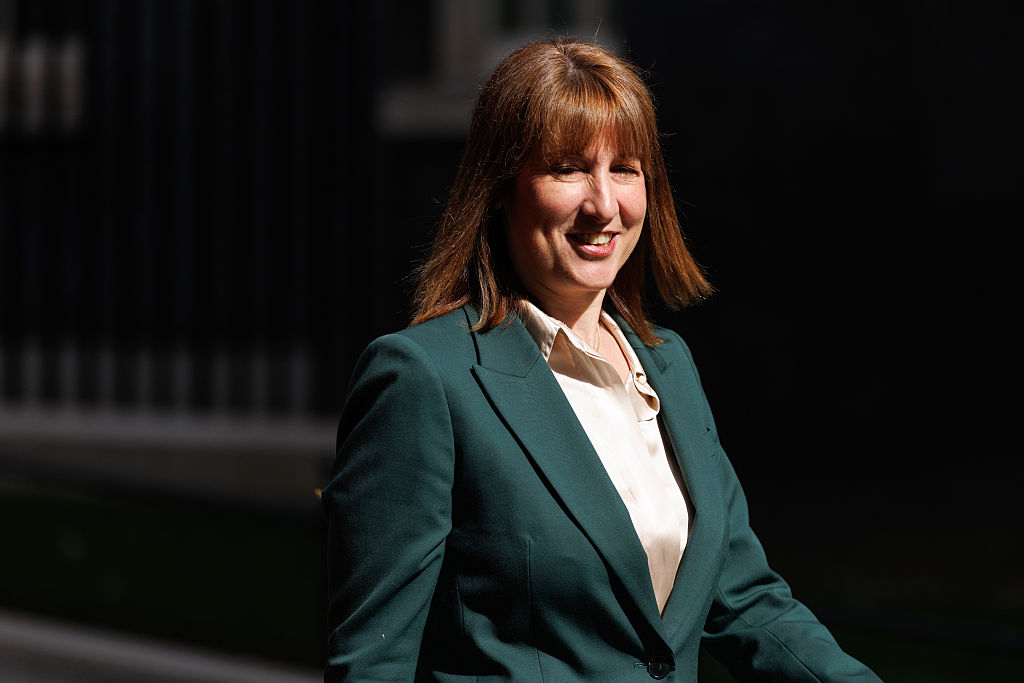Three pilgrimages for food devotees
Spain is a foodie paradise. Here are three of the best destinations. Chris Carter reports.


You cannot help but notice the food in the Basque Country, says Timothy O'Grady in Cond Nast Traveller. "There are more Michelin stars per square metre here than almost anywhere else in the world." Food devotees make pilgrimages to the old quarter in San Sebastin for tapas-style pintxos, just as art lovers head for Florence. "Even a boiled egg tastes better in this town."
Two chefs from San Sebastin Juan Mari Arzak and Pedro Subijana each with three stars to their name, travelled to the food market at Ordizia, south of San Sebastin, for the annual Idiazabal cheese competition. On a table, 14 shortlisted cylindrical cheeses had been set out, "like sculptures at a Paris auction". Both chefs were "humble before the cheese".
The Basques have been able to hang on to such traditions despite the onslaught of change all around the region. How have they managed it? "We had no kings, so our business model is not the corporation, but the cooperative," a cheesemaker explains. "We're natural egalitarians." It is from such "simple ingredients as these that their tenacity is made".
Subscribe to MoneyWeek
Subscribe to MoneyWeek today and get your first six magazine issues absolutely FREE

Sign up to Money Morning
Don't miss the latest investment and personal finances news, market analysis, plus money-saving tips with our free twice-daily newsletter
Don't miss the latest investment and personal finances news, market analysis, plus money-saving tips with our free twice-daily newsletter
Beyond the cathedral in Seville

It's a crying shame that the majority of visitors who come to Seville never get beyond the world's largest Gothic cathedral, says Adam Turner in The Guardian.
"Although the cobbled streets and alleyways that surround it are worthy of close inspection, this enchanting city has much more to offer a little further afield." Calle Feria (pictured above), just off Plaza Caldern de la Barca, "is my favourite street". The narrow road is closed every Thursday for a flea market, with everything from handmade photo frames to flamenco dresses for sale.
"Down the street at the Feria food market there's local olive oil, Seville goat's cheese, artisanal chorizo (all from Negrete 1934, a gourmet shop) and seafood (fresh tuna, salt cod and octopus empanadas)." There's loads of fresh fruit and vegetables besides. And it's not all Spanish cooking Pitacasso, "a veggie-friendly restaurant with delicious falafel pittas", is a great place to stop for a bite.
Ceviche and tiger's milk in Madrid
The capital's new food scene is heavily influenced by South American cuisine. At restaurant Tripea, Roberto Martnez Foronda and his team create a fusion of Peruvian and Spanish dishes (see below), served up in front of a psychedelic mural. His creations include hot ceviche with mussels and tiger's milk ("a Peruvian citrus-based marinade no actual tigers are milked in the process"). The market allows Martnez Foronda to experiment with fresh ingredients and new cooking styles.
"Though this restaurant has Peru at its core, it also reflects a mix of other influences," he says. But above all, "I want to make sure it has a really Spanish flavour to it". Such imaginative venues are all part of the "outpouring of Madrid's creative spirit".
Cooking Nikkei-style

"Peru's cuisine is as diverse as its landscapes and Lima is its epicentre," says Eric Rosen in National Geographic Traveller.
Lunch could be "sea-fresh ceviche paired with quinoa and potatoes from the Andes mountains, followed by a dessert of fruits from the Amazonian rainforest". The indigenous Quechua and Aymara peoples, along with immigrants from Spain, Japan and China,
have all contributed to the gastronomic mix. "Peruvian cuisine is like a puzzle of many pieces," Lima-born chef Mitsuharu Tsumura tells the magazine "and Nikkei (a fusion of Peruvian and Japanese cooking) is one of them". At Tsumara's restaurant, Maido, "the standout dish is chicharrones crispy pork cooked overnight with chillies, miso and sak," says chef Sanjay Dwivedi in the Financial Times. (Maido, Calle San Martin 399, Miraflores, Lima.)
Get the latest financial news, insights and expert analysis from our award-winning MoneyWeek team, to help you understand what really matters when it comes to your finances.

Chris Carter spent three glorious years reading English literature on the beautiful Welsh coast at Aberystwyth University. Graduating in 2005, he left for the University of York to specialise in Renaissance literature for his MA, before returning to his native Twickenham, in southwest London. He joined a Richmond-based recruitment company, where he worked with several clients, including the Queen’s bank, Coutts, as well as the super luxury, Dorchester-owned Coworth Park country house hotel, near Ascot in Berkshire.
Then, in 2011, Chris joined MoneyWeek. Initially working as part of the website production team, Chris soon rose to the lofty heights of wealth editor, overseeing MoneyWeek’s Spending It lifestyle section. Chris travels the globe in pursuit of his work, soaking up the local culture and sampling the very finest in cuisine, hotels and resorts for the magazine’s discerning readership. He also enjoys writing his fortnightly page on collectables, delving into the fascinating world of auctions and art, classic cars, coins, watches, wine and whisky investing.
You can follow Chris on Instagram.
-
 Review: Eden Roc Cap Cana – fun, sun and golf in the Caribbean
Review: Eden Roc Cap Cana – fun, sun and golf in the CaribbeanTravel Eden Roc Cap Cana in the Dominican Republic offers everything from relaxing by the pool to a world-class golf course
-
 Reeves delays cash ISA reform, but savers are not out of the woods yet
Reeves delays cash ISA reform, but savers are not out of the woods yetThe chancellor has reportedly delayed plans to cut the cash ISA limit, which were set to be announced at Mansion House on 15 July, and will take more time to consult with the industry